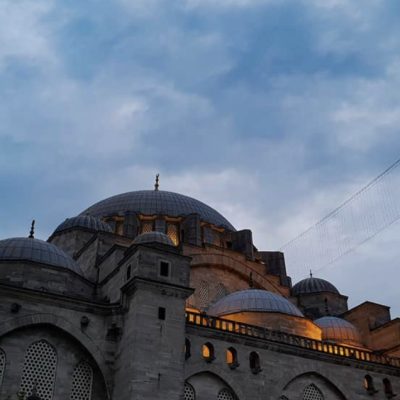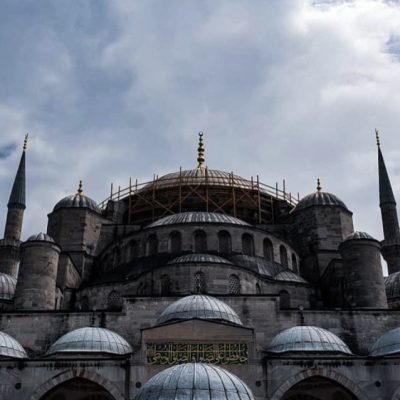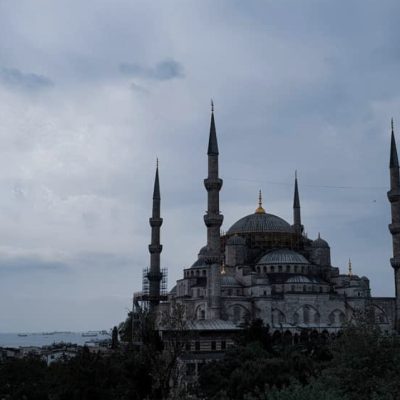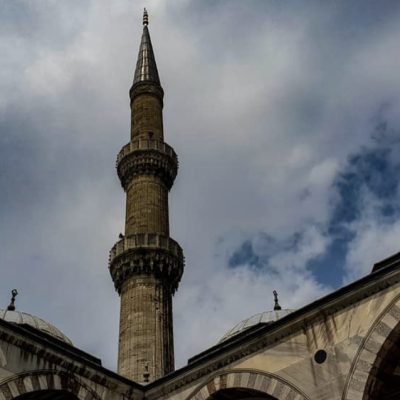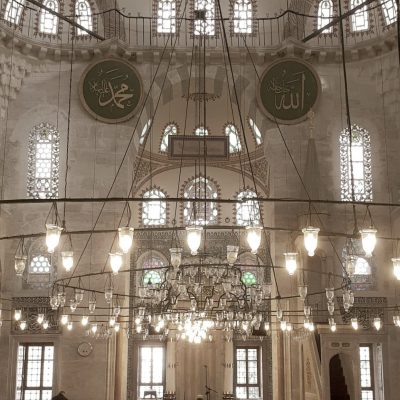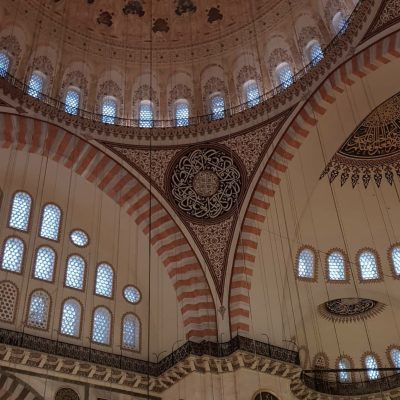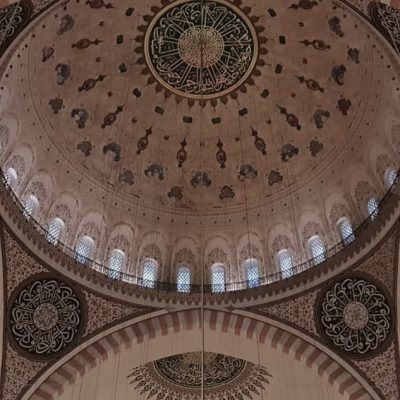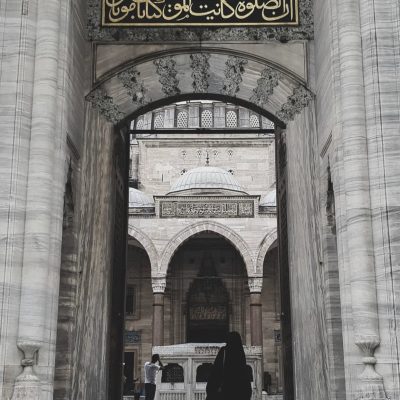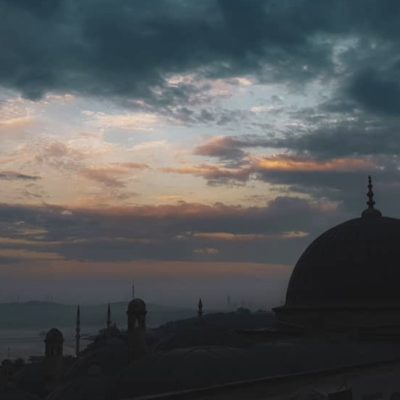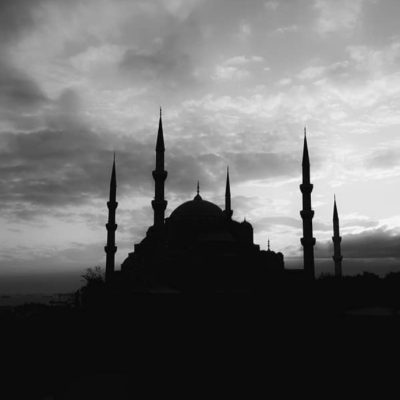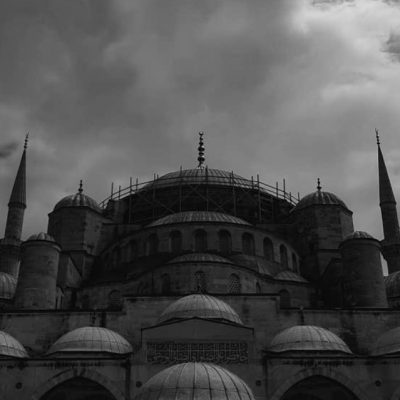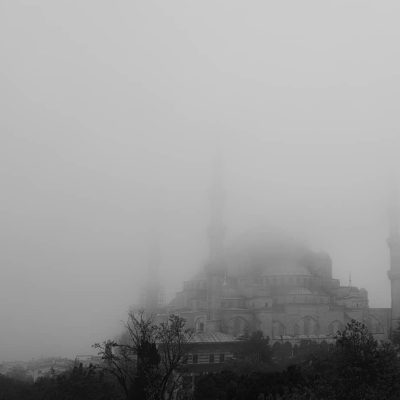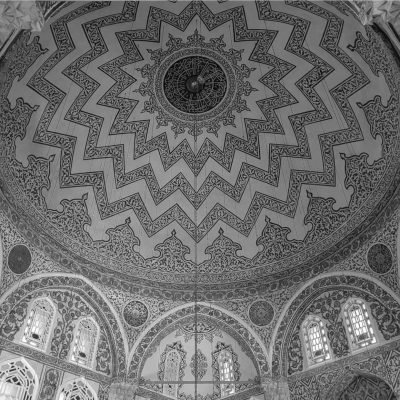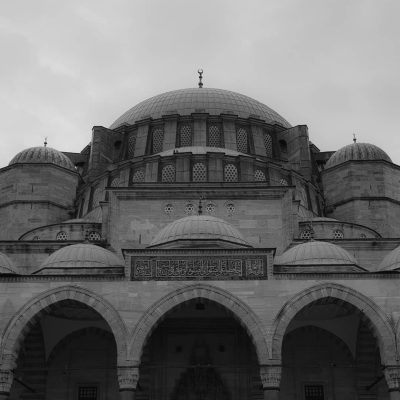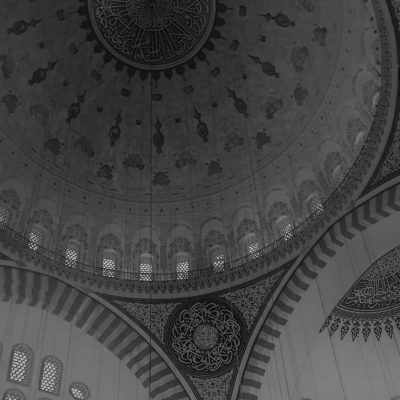Turkey Istanbul
Istanbul, the largest city in Turkey, is known for its rich history and cultural heritage, which is reflected in its diverse architecture. The city has been a melting pot of different cultures and civilizations for centuries, and this diversity is evident in its built environment.
The Byzantine Architecture is one of the most prominent architectural styles in Istanbul. The Hagia Sophia, one of the most famous landmarks in the city, is a prime example of Byzantine architecture. Built in the 6th century, the Hagia Sophia was originally a Christian church, which was later converted into a mosque and then into a museum. The building’s stunning dome and intricate mosaics are some of the most notable features of Byzantine architecture.
Another significant architectural style in Istanbul is the Ottoman Architecture. The Ottomans ruled over Istanbul for over 500 years, and their influence on the city’s architecture is evident in many of its buildings. The Sultan Ahmed Mosque, also known as the Blue Mosque, is one of the most famous examples of Ottoman architecture. Built in the early 17th century, the mosque features six minarets, a stunning courtyard, and intricate tilework.
In addition to these historical architectural styles, Istanbul is also home to many modern buildings that showcase contemporary Turkish Architecture. The Istanbul Modern Art Museum, designed by Tabanlioglu Architects, is a prime example of modern Turkish architecture. The building features a sleek, minimalist design with large windows that offer stunning views of the city.
Another notable example of modern Turkish architecture is the Zorlu Center, designed by Tabanlioglu Architects and EAA-Emre Arolat Architects. The building complex includes a shopping mall, office spaces, a performing arts center, and a hotel. The building’s design incorporates elements of traditional Turkish architecture with modern materials and techniques.
Istanbul’s urban fabric is also undergoing significant changes with new developments and regeneration projects. One such project is the Galata Port Regeneration Project, which aims to transform the historic port area into a vibrant cultural and commercial hub. The project includes the restoration of historic buildings and the construction of new ones that blend seamlessly with the existing urban fabric.
In conclusion, Istanbul’s architecture is a reflection of its rich history and cultural heritage. From Byzantine to Ottoman to modern Turkish architecture, the city’s built environment showcases a diverse range of architectural styles that make it a unique destination for architecture enthusiasts. With ongoing developments and regeneration projects, Istanbul’s architecture continues to evolve while preserving its historical character.
Back to Projects
